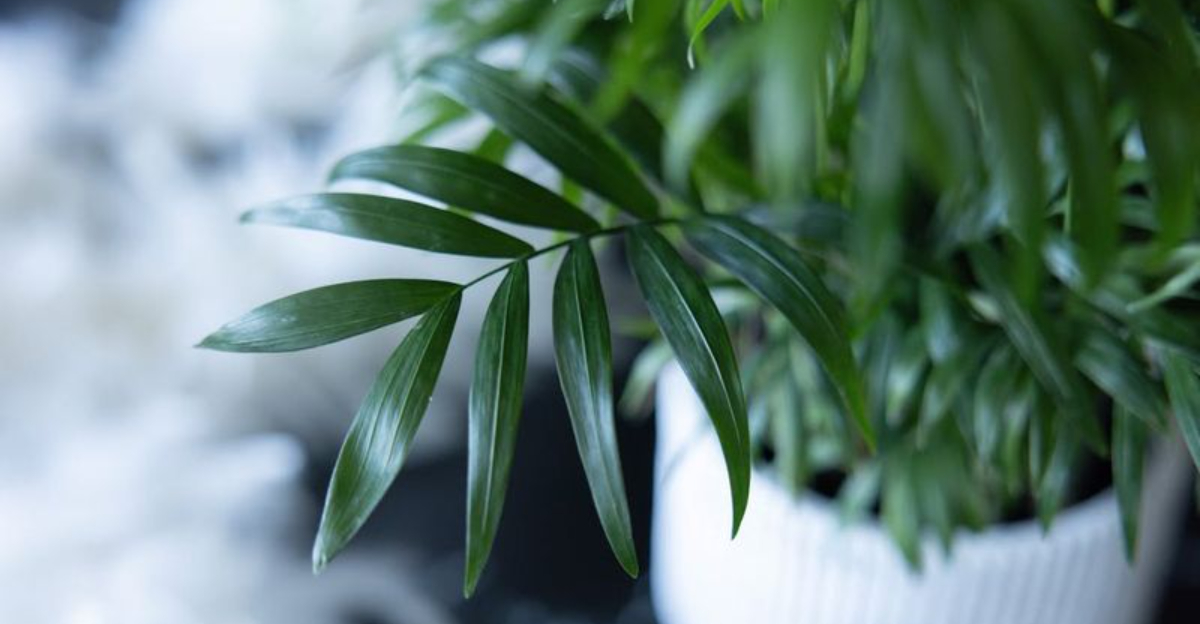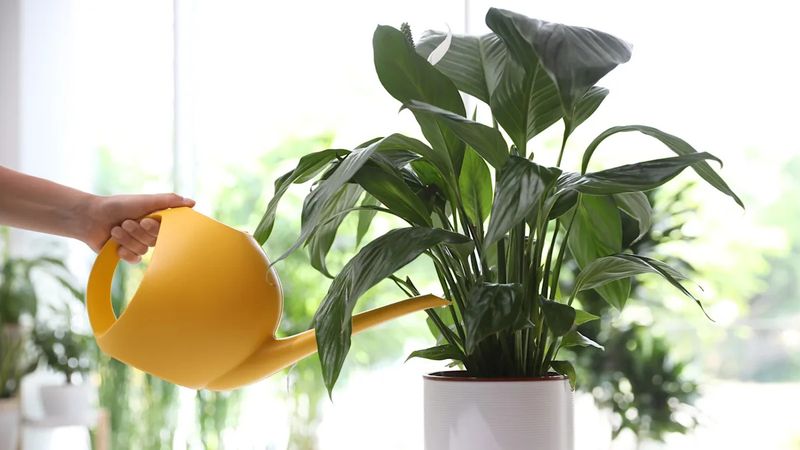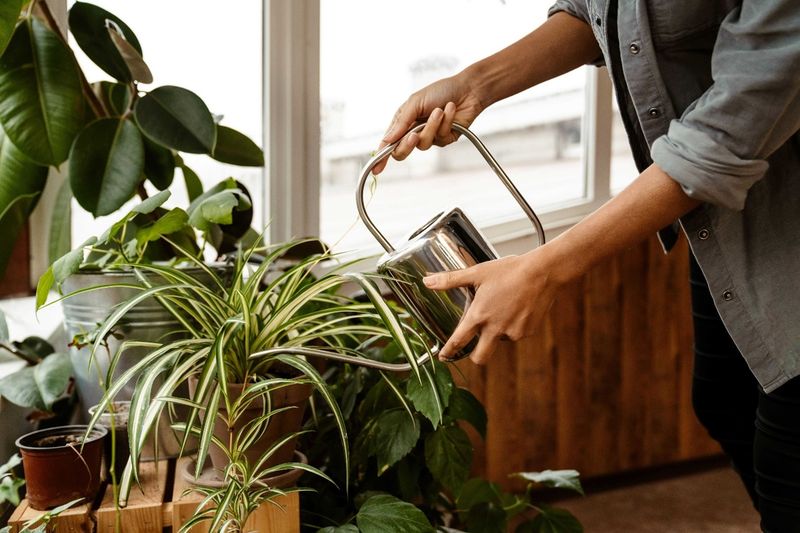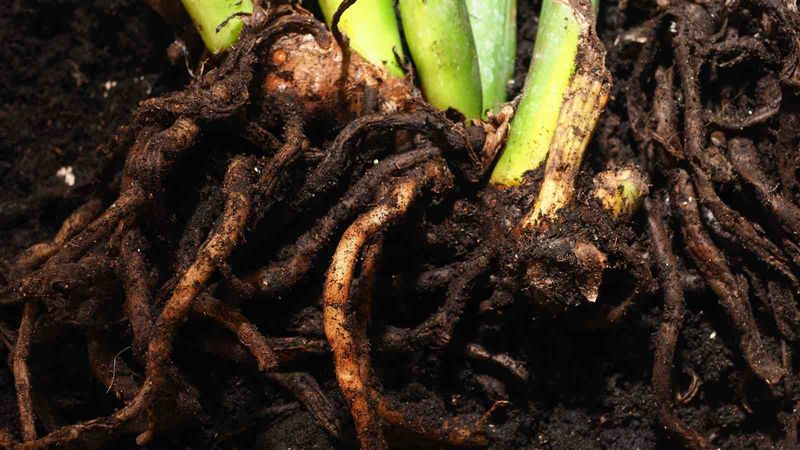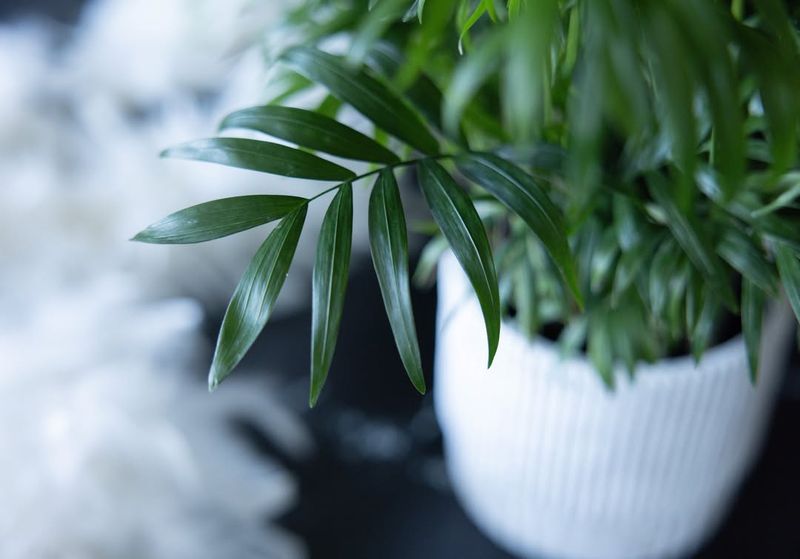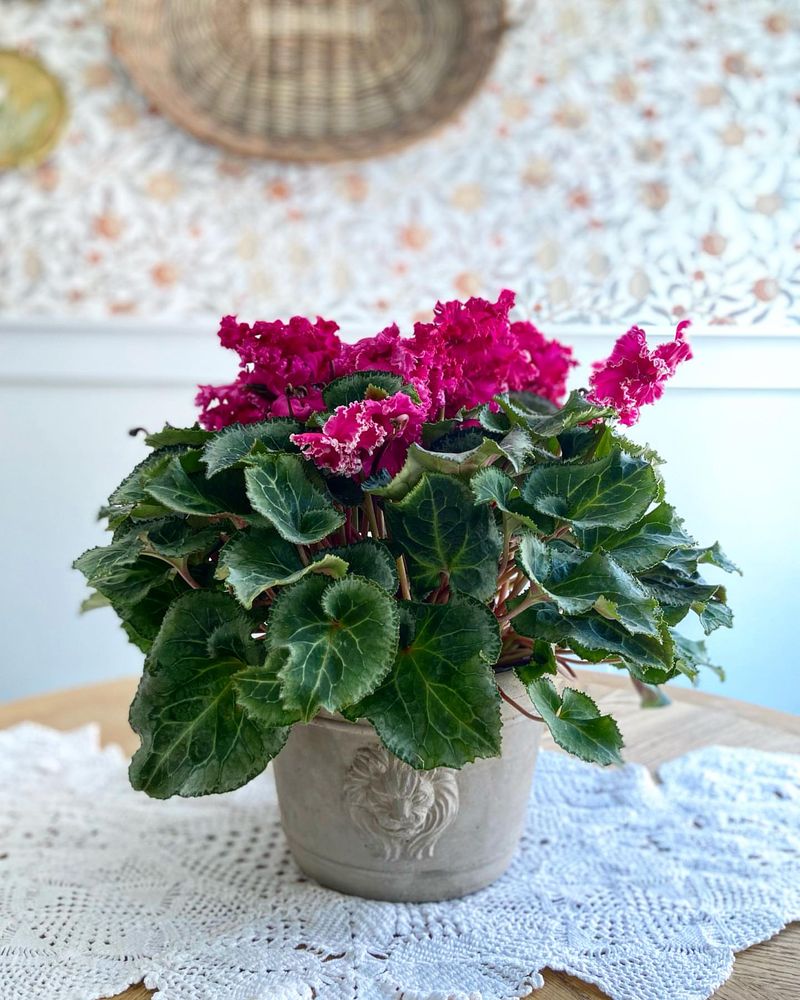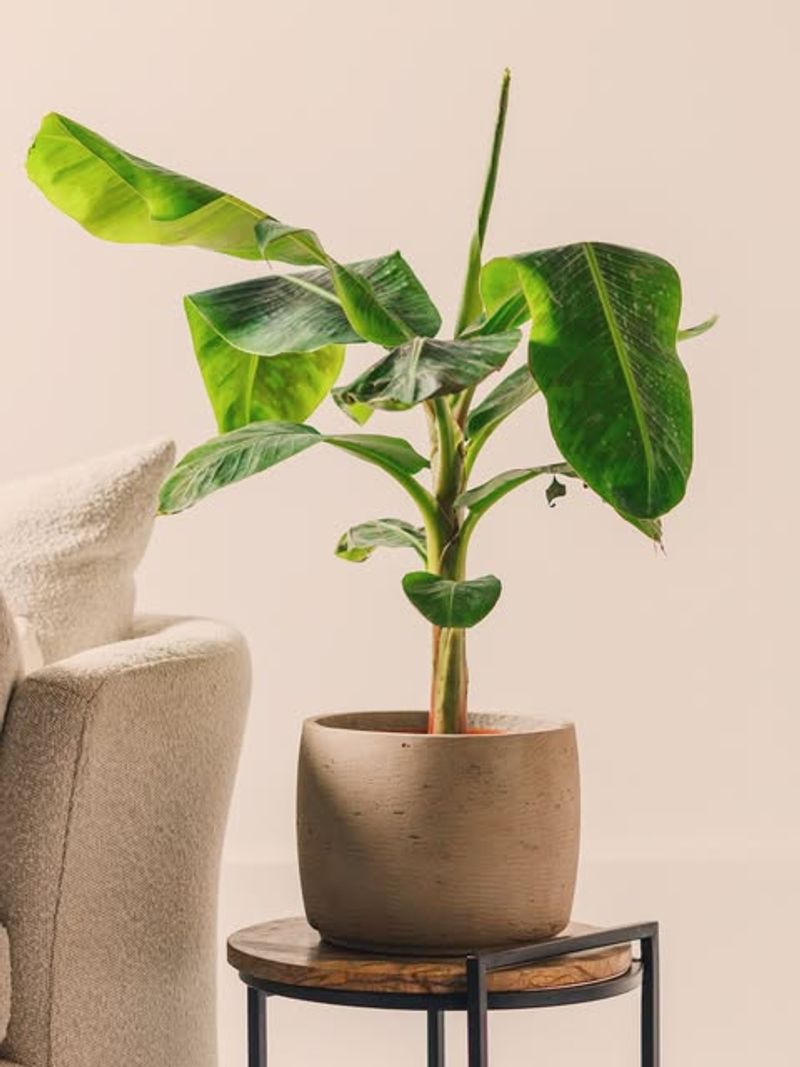Winter always puts me on my toes with houseplants, and I learned the hard way that one simple mistake can bring them to their knees.
I used to water on autopilot, thinking they needed the same attention they got in summer.
Instead, I was drowning them in slow motion.
Cold days, weak light, and soggy soil turned my favorite plants into a sad sight.
Once I finally caught on, everything changed. Now my winter routine keeps them thriving, not gasping for air.
If you’ve ever watched a healthy plant crash out of the blue, this mistake might be the culprit.
Watering Houseplants As Often As You Do In Summer Is A Huge Mistake
The one watering mistake that destroys most houseplants in winter is watering them as often as you do in summer.
But why is this a problem?
During winter, houseplants grow slower and they’re more prone to root rot.
Also, your houseplants don’t need much water during winter because they receive less sunglight, and humidity also plays a crucial role.
Let’s learn a little more!
Plants Grow Slower In Cooler Months
You know how you feel less energetic on cold, gray days? Your plants feel the same way.
When temperatures drop and daylight hours get shorter, most houseplants naturally slow down their growth.
They’re not growing new leaves or stretching toward the sun like they do in summer, so they need way less water.
Think of it like this: a plant that’s actively growing is like someone running a marathon, needing lots of water to keep going.
But a resting plant is more like someone taking a nap on the couch, they just don’t need as much.
If you keep watering on your summer schedule, the soil stays wet for too long because the plant isn’t drinking it up quickly.
That extra moisture just sits there, creating problems.
Check your plants before watering by sticking your finger about two inches into the soil, if it feels damp, wait a few more days.
Your plants will thank you for respecting their slower pace during their rest period.
Root Rot Becomes A Real Threat
I learned about root rot the hard way when I lost a beautiful pothos I’d had for years.
Overwatering in cooler weather creates the perfect conditions for this nasty problem.
When soil stays constantly wet and cold, plant roots literally can’t breathe properly.
They start to break down and turn mushy, and once that happens, it’s really hard to save the plant.
Healthy roots should be firm and white or light-colored.
Roots affected by rot turn brown, black, or gray and feel squishy when you touch them.
The smell is pretty awful too, kind of like rotting vegetables.
The tricky part is that by the time you notice yellowing leaves or wilting stems above the soil, the damage below might already be serious.
Prevention is your best friend here, always let the top layer of soil dry out between waterings, especially during fall and winter.
Make sure your pots have drainage holes so excess water can escape instead of pooling at the bottom where roots sit.
Less Sunlight Means Less Water Needed
Remember those long, bright summer days when the sun streamed through your windows for hours?
Plants loved that because sunlight powers photosynthesis, which is basically how they make food and energy.
More sun equals more activity, which means more water consumption.
But when winter rolls around, daylight gets scarce.
Your plants might only get half the light they enjoyed in June or July.
With less light, they photosynthesize less, grow slower, and naturally need less water to support their reduced activity level.
Continuing your summer watering routine when light levels have dropped is like filling up a car’s gas tank when it’s barely being driven.
The plant simply can’t use all that water you’re giving it.
Pay attention to where your plants are positioned and how much natural light they’re actually getting throughout the day.
If you notice they’re in a particularly dim spot during winter, consider moving them closer to a window or reducing watering frequency even more than you might for plants in brighter locations.
Cooler Temperatures Slow Water Evaporation
Here’s something that makes total sense once you think about it: water evaporates much faster when it’s warm.
In summer, the heat helps dry out the soil relatively quickly between waterings.
Your heating might keep your home comfortable in winter, but it’s usually still cooler than summer temperatures, and that affects how fast soil dries.
Cold soil holds onto moisture longer. The water you pour in doesn’t evaporate through the soil surface or get pulled up through the plant as quickly.
This creates a situation where soil stays soggy for days or even weeks, depending on your home’s temperature and humidity levels.
Some people crank up the heat in winter, which can actually create different problems like overly dry air.
But generally speaking, cooler indoor temps mean you need to space out your waterings more.
Try using a moisture meter if you’re unsure, or just get in the habit of checking the soil with your finger before reaching for the watering can.
When in doubt, it’s better to wait an extra day or two than to water too soon.
Humidity Levels Change Everything
Ever notice how your skin gets drier in winter? That’s because indoor heating systems zap moisture from the air.
You’d think dry air would mean plants need more water, but that’s not quite how it works.
While leaves might lose moisture faster through their pores, the soil itself doesn’t dry out as quickly in cooler conditions.
This creates a weird situation where the air around your plant is dry, but the soil stays wet.
Your plant might look a bit crispy on the leaf tips from low humidity, tempting you to water more.
But adding more water to already moist soil won’t help those leaves, instead, you’re just risking root problems.
What actually helps is increasing humidity around the leaves without overwatering the roots.
Try grouping plants together so they create their own humid microclimate, or place a tray of water with pebbles near your plants.
Some people use humidifiers, which can be great for both you and your plants.
Just remember that dry air and wet soil are both happening at once in winter, so treat them as separate issues with different solutions.
Pot Material And Size Matter More Now
That cute ceramic pot you used all summer might be part of the problem now.
Different pot materials affect how quickly soil dries out, and this becomes super important when plants are using less water.
Terracotta pots are porous and breathe, letting moisture evaporate through the sides.
Plastic and glazed ceramic pots hold water much longer because they’re not porous.
In summer, that water retention might be helpful, but in winter, it can keep soil wet for way too long.
If your plants are in non-porous pots, you definitely need to cut back on watering frequency more dramatically than you would for plants in terracotta.
Pot size plays a role too.
A plant in a pot that’s too big for its root system sits in a lot of extra soil that holds moisture the roots can’t reach.
That excess wet soil just sits there, creating ideal conditions for problems.
Consider whether your plants might benefit from moving to terracotta pots during cooler months, or at least be extra cautious with watering if they’re in moisture-retaining containers.
Sometimes the pot itself is working against you.
What You Should Actually Do Instead
Okay, so we’ve covered why summer watering doesn’t work year-round. But what should you actually do?
Start by checking your soil before every watering and stick your finger about two inches down.
If it feels even slightly damp, wait.
For most common houseplants, letting the top half of the soil dry out between waterings works well in cooler months.
Water less often, but when you do water, water thoroughly until it drains from the bottom.
This encourages healthy root growth.
Empty any water that collects in saucers after about 30 minutes so roots aren’t sitting in it.
Adjust your schedule based on each individual plant and its location, rather than watering everything on the same day.
Keep a simple calendar or use your phone to track when you water each plant.
You’ll start noticing patterns, like your snake plant only needs water once a month now, while your fern might still need it weekly.
Pay attention to your plants and let them guide you.
Droopy leaves that perk up after watering mean you’ve waited just right.
Yellowing leaves and soggy soil mean you’re watering too much.
Trust yourself and adjust as you learn.

